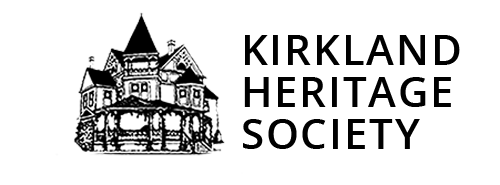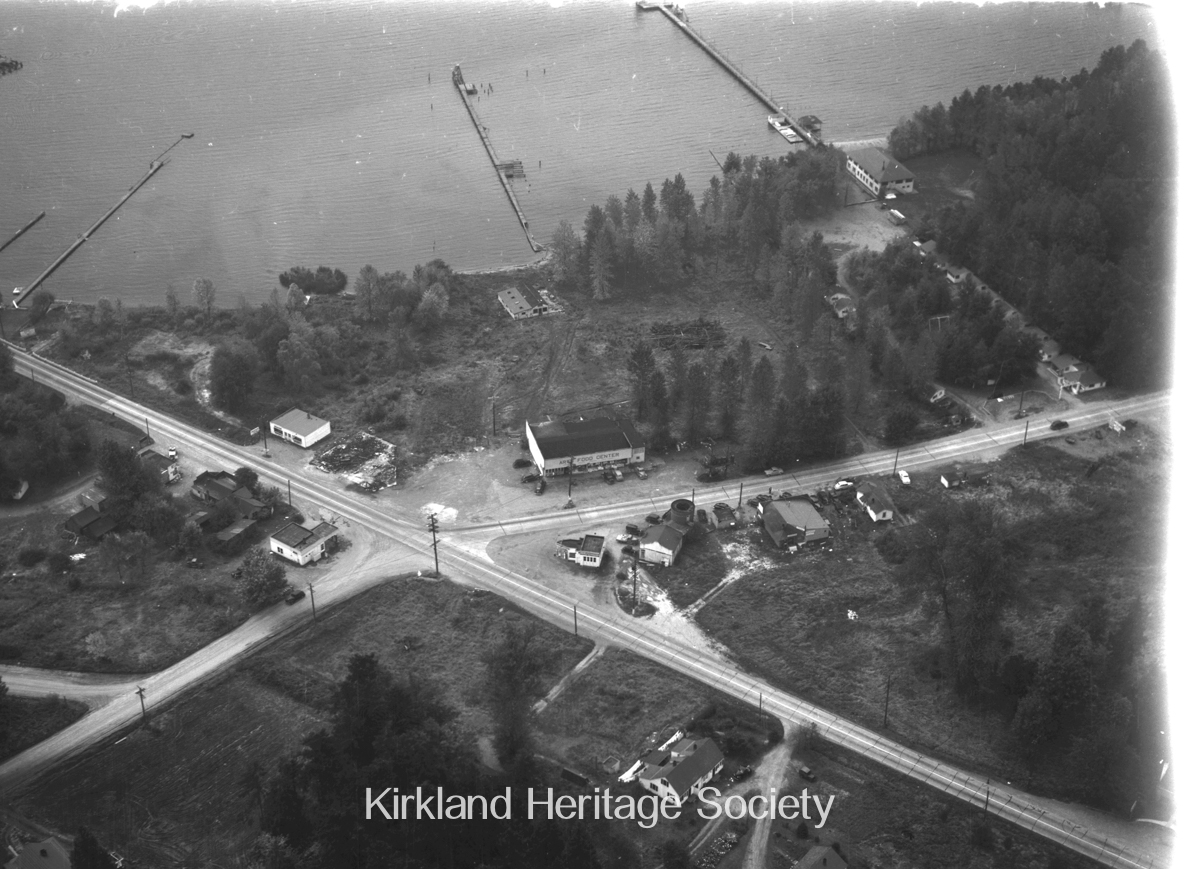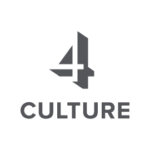- They built the Alaska building, a 12 story skyscraper
- they were regarding the profanity Hill
- the only way to Alaska was by boat. In 1906, I worked on the luxury steamer SS Jefferson, whose sister ship was the dolphin.
- Madison Park was an amusement resort, also a racetrack and fairgrounds. Transportation was via the Madison cable car, which ran from the foot of Madison Street to Madison Park. There were two other cable lines to James Street and Yelser Way.
- The Tacoma inter-urban depot was located at the corner of Occidental and Yesler. It was very busy, as the only other transportation between Tacoma and Seattle was via steamer. The SS flyer was on this Ron for years. In about 1910, the in-line transportation brought the SS Chippewa, Ioquis and Indianapolis from the Great Lakes. The Indianapolis was put on the Tacoma run along with the new SS Tacoma, which was built by the Moran Brothers shipyard, located on Railroad Avenue, now known as Alaskan Way. At that time it was planked Road along the waterfront. The steamers left the Coleman dock about every two hours and they were very well patronized. Also the inter-urban ran a train about every hour, with a limited on half hours which made only one stop in Tacoma.
- What was called the Pacific Highway to Tacoma, was a narrow winding road with a speed limit of 30 mph and in one place went through a farmyard. In those days the county collected the auto license and there were no drivers license. The King County cars had to have licenses on the front and back but Piece County only on one end. The Pierce County police would lay in wait of King County cars but they could not cross the County line. Sometimes they would chase a car to the County line but you were safe when she got across.
- Frederick and Nelson was located at second and Madison and there was a streetcar barn on the property they now occupy. When they purchased this site, we were wondering what they were thinking, putting a department store way up there. On third and Pine, where the Bon Marche is, there was a fire station.
- The Washington hotel, located on top of Danny Hill, was the best hotel.
- Leshi Park, a very prominent resort on Lake Washington, was at the end of Yesler Cable Line. A fairy ran from the park to Medina and Bellevue. There was also a fairy running about every hour from Madison Park in Kirkland
- there was a private cable car that went up to the hotel from third and Pine.
- I started driving tank wagon for the standard oil Company in 1910. They had about 50 head of horses and no trucks. At that time kerosene was the largest seller. I had the north and route which included Denny Hill. There were two grocery stores, a park, two schools, churches and a lot of homes. It was a very steep grade from 5th and Denny and if I had too much of a load I would zigzag up the hill.
- Georgetown was a separate wide-open city although Seattle was more or less closed to gambling. The old Meadows racetrack was a prominent spot during the racing season.
- The streetcar to Georgetown and South Seattle was on Trestle work most of the way. In fact there was a seed testing field for the Lilly Seed Company where Boeing Field is now. Where Boeing plant is now located, was all tidelands which were filled by dredges.
- The Potlatch was the big summer attraction. One year they laid plank on Harbor Island soul that Eugene Ely could make a round-trip flight over Seattle. It certainly drew the crowd. Later he was the first to take off from a Ship. He was killed in Macon Georgia when his plane crashed.
- There was a fairy to West Seattle from the foot of Madison Street. A cable car ran from the West Seattle ferry dock up to the top of the hill.
- Luna Park was an amusement park across the Bay at West Seattle.
- They’ve regraded 3rd,. 4th, and 5th Avenues. Jackson Street was so steep there was a cable car line on it.
- Hi Gill was mayor and John Considine shot police chief Meredith In Guy’s Drugstore at 2nd and Yelser.
- Harry Tracey ran wild and was finally shot by, I believe, King County Sheriff Ed Cudahy.
- In 1909, the Alaska Yukon Pacific world’s fair was on the University of Washington grounds. The statue of George Washington that stood at the main entrance is still standing.
- The fire department was horse drawn. It was quite a thrill to see them running to a fire.
- The raid near hotel stood where the federal building now is on 1st Avenue between Columbia and Ma the Diller hotel, which is still operating on 1st Ave, was then in the good hotel class. One of the best was the Seattle Hotel, now a parking garage side in the triangle of Yelser and James Streets.
- The Mercer Island floating bridge was built, both of the Madison Park fairies were discontinued.
- There were several little steamers which ran out of Madison and Leschi, stopping on hunts, Evergreen and Yarrow Points.
- Atlanta Park was located where the lake Washington shipyards is now. Fortuna Park was located on Mercer Island where the Shorewood apartments are now. They were both very well patronized by picnic parties.
- The Moran Brothers shipyard built the battleship Nebraska and was considered one of Seattle’s main industries. They built several boats for the in-line transportation Company, to name a few, The Tacoma, SolDue, Kulshan and Sioux.
- The steamer City of Everett took care of water transportation between Seattle and Everett for years. They built an electric inner urban line between the two cities. It went through a large stand of virgin timber were Alderwood Manor is now.
- The great Northern Railroad had two trains a day between Bellingham and Seattle. One called the Owl, left Seattle at 11:45 p.m. and arrived in Bellingham and about 4 or the local left Seattle about 6 p.m. and arrived in Bellingham and arrived at Bellingham at 10 P.M it left Bellingham and 7 A.M. in the morning.
- Water transportation was very good between the two cities. In the early days the steamer Sehome, sternwheeler State of Washington and sidewheeler George E Starr made the night trip. It was a 12 hour trip on the star which left Seattle at 8 p.m. and arrived in Bellingham at 8 a.m.. I worked on the state of Washington and the Utopia which also made the run. Then there was the SS Whatcom. The SS Iroquis was on the Seattle-Victoria-Vancourver-Bellingham run.
- There was the mosquito fleet that went over to the islands from Pier 3 every morning. The old tourist was a sternwheeler; then a propeller type steamer H.B. Kennedy was built. These were the Bremerton boats. As yet there was not enough automobiles to warrant a ferry type boat.
- One of the waterfront pioneer boats was the Victoria on the Nome, Alaska run. She was the first boat to reach Nome in the spring and the last one out in the fall. The captain was Johnny O’Brien. She was built in Scotland in the 1870s and was a luxury liner on the Atlantic between Europe and New York. Later she was converted to a freighter and brought around the horn. In 1903, she was put on the Alaska run as a passenger and freighter. About 1959 she was sold to Japan for scrape iron.
- The U.S. Army transport made regular trips to the Philippines and the Orient. A round-trip took six months. Her cargo consisted of a soldier’s forces mules supplies for the Army and also considerable bale of hay. I tried to get a job taking care of the mules but I was not old enough.
- The great Northern Depot was at the foot of Columbia Street. The gas company had a plant with a Union Station now stands. When they built the present depot, they also dug a tunnel under the city.
- The circus parade was a big event and the circus grounds were at 5th and Republican, where the Seattle Center is now located. It was on my route and I would deliver a kerosene and gasoline. They used gasoline lamps for lights and kerosene for torches they placed along the route back to the cars. Automobiles and trucks were not yet in use and all transportation from the cars to the grounds were by horse. The admission price was $.50 and reserve seats were $.50 extra. Children under 12 were charged $.25 the circus of today is not like it was when they showed in tents. It was very interesting to see them being put up and also the reloading was something we did not miss. It was a big day and everyone enjoyed May 1914 was the last year that Buffalo Bill’s wild West show was in Seattle. Buffalo Bill led the Memorial Day parade wearing a light-colored buckskin suit. He was very a imposing figures sitting up so straight writing his beautiful white horse. Then there was the Sells Brothers and Floto circus and also the Clyde Beatty wild West show which was made up of wild animals. Of course the Barnum and Bailey Ringling Brothers circus was the largest and is still showing in Coliseum’s and not tents. I can just remember when the circus went through Howard city. They traveled by horse and wagon never rail and showed mostly in small towns.
- The great Northern brought to large steamers for the Oriental routes at about the time that our trade with Japan and the Orient is beginning to build up a there was a big celebration when they arrived in Seattle, but they never paid their way. One was named the Dakota and I believe the other was the great Northern. They were used as transports during World War II. The Dakotas sank near Japan and I think the great Northern was also some during the war.
- Fort Lawton Casey and Flagler were our protection from the ocean as they were all equipped with the guns and could fire across the Straits.
- During World War I they had Minutemen in all the theaters teaching hatred for the Germans so the boys going into the army and navy would be brainwashed and ready to hate the enemy. I do not believe in this kind of propaganda as we claim to be Christian nation and the Bible says to love your enemies, and do good to them that hate you. Who is right??
- My mother told me never to say I hate anyone and that she would rather I would not use the word at all.
- We had no electricity or telephone. We used kerosene lamps and lanterns and it was a daily shore for the household between the chimneys. In Michigan we had a large home in almost every home had a parlor now call the living room. There was also a big fancy lamp and four or five hand lamps we could carry upstairs.
- We had a huge round oak coal mined the ad was delighted and knocked over and it would not be out until spring. It was a based burner and three scuttles a day of anthracite coal would keep it going. In the kitchen we had a wood and coal cook stove.
- We had no running water. There was a pump on the back porch and a cistern for cooking in the kitchen. This was rainwater which was stored in a deep tank under the house.
- We water our lawns with water pumped from the river. The pumping station also had to fire whistle on it as it was a steam plant.
Transcripted from Stan Denton’s father Harry’s hand written pages. Part of the Stan Denton collection January 2009.


